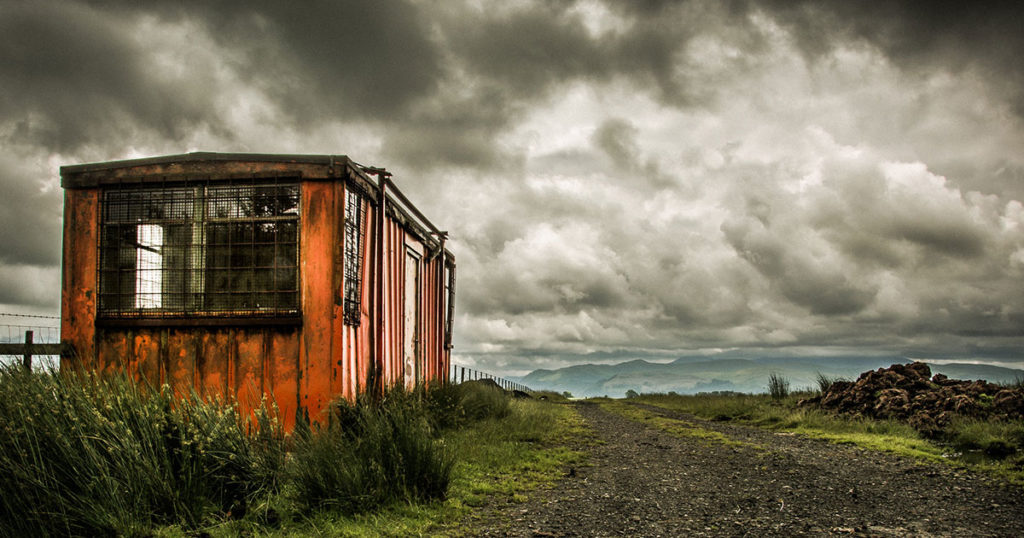
Between the last, straggling days of dreary winter weather and the rise in telecommuting in response to COVID-19, we’re taking the opportunity to stay in, tackling the classic books we always promised ourselves we would read as well as rereading old favorites. Below, our editors offer 13 books to alleviate your cabin-fever doldrums.
The Rings of Saturn by W. G. Sebald
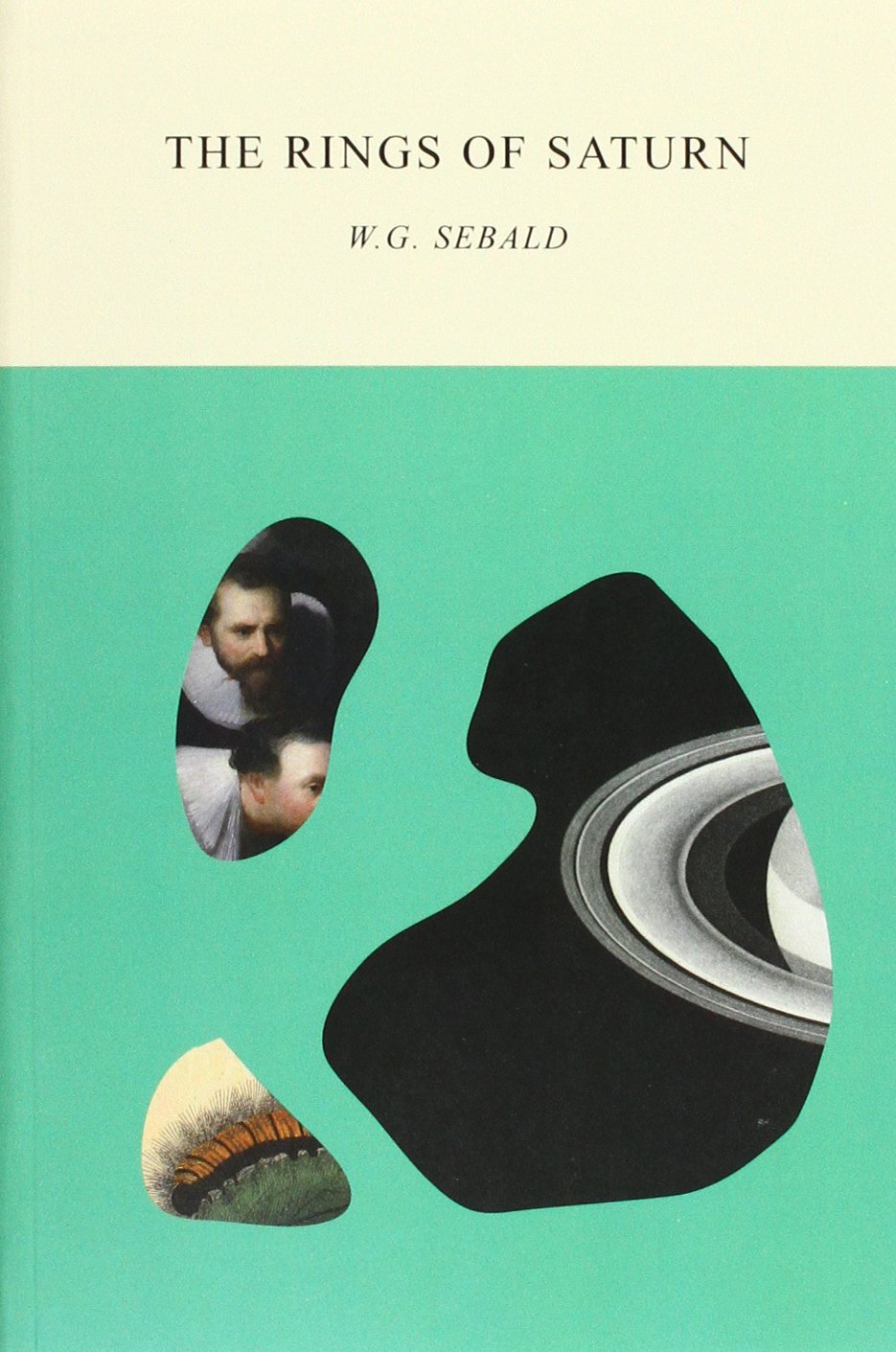
On the bookshelves in my study are books I have read, books I hope to read again, books I will never read, and several books that I should have already read but have been saving out of some kind of hesitancy, waiting for the right frame of mind in order to begin them. The Rings of Saturn is one of these, and facing the looming possibility of a period of relative isolation, I began reading it last night. As expected, I encountered so much erudition on every page—to say nothing of Sebald’s quiet, mesmeric prose, which, sentence by sentence, leads you deeper and deeper into his elaborate, elegantly made labyrinths. But more than that, I seem to be in the perfect frame of mind for a book that evokes on its first page both freedom and confinement: a liberating walk along the Suffolk coastline juxtaposed with the claustrophobic confinement of a hospital stay. —Sudip Bose
A Distant Mirror by Barbara W. Tuchman
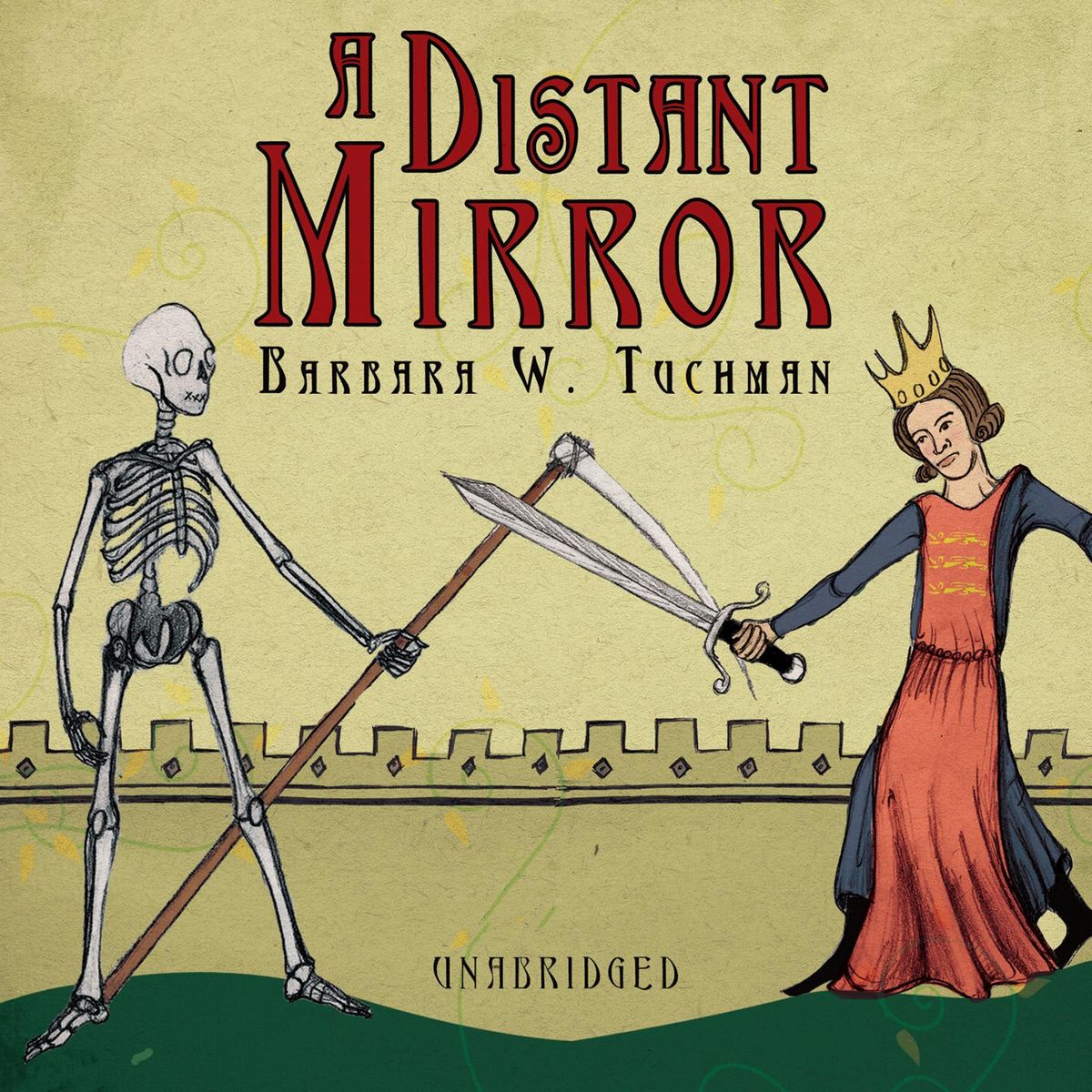
It’s always reassuring to read about the Black Plague—seriously! Nothing quite puts my quotidian worries at ease like knowing that my 14th-century forebears had it much, much worse, and Tuchman’s splendid narrative untangles all the messy infighting of the Middle Ages. —Stephanie Bastek
They Came Like Swallows by William Maxwell
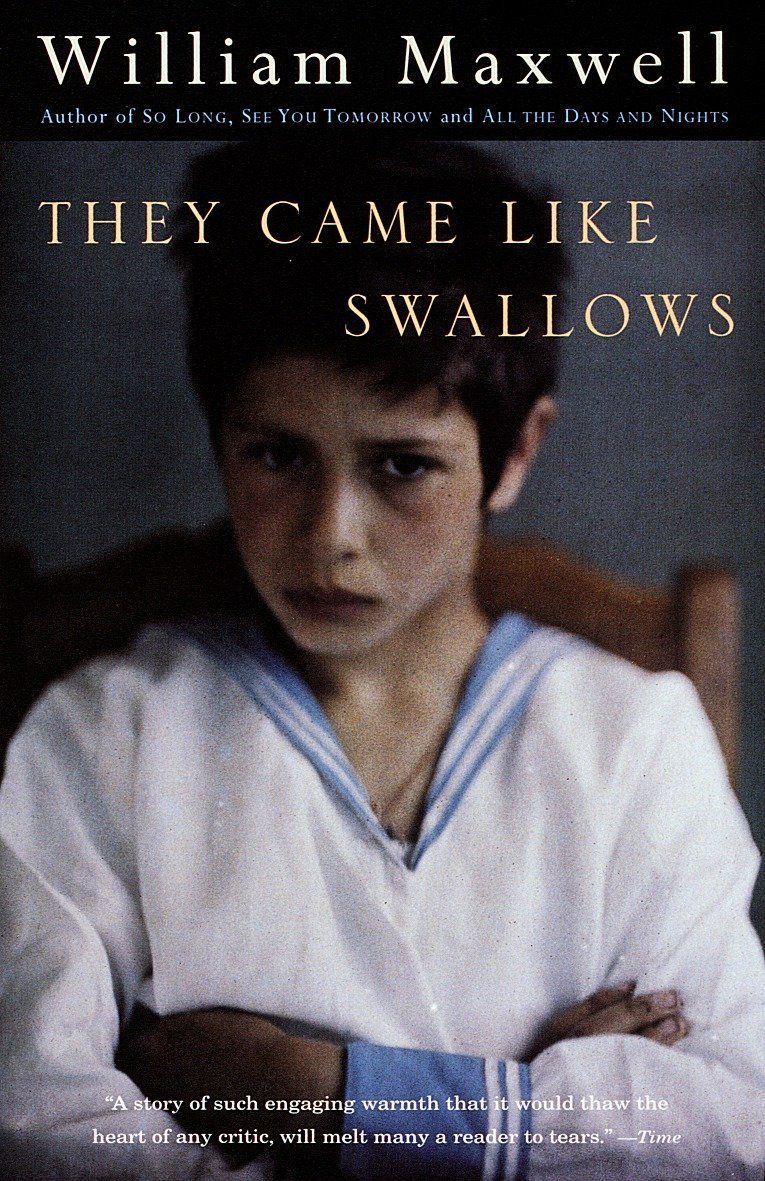
Maxwell’s second novel, published in 1937, chronicles the experience of a family in a Midwestern town during the 1918 Spanish flu epidemic. Evoking the anxieties of a society like ours dealing with the rapid spread of deadly illness, the book also offers a study of family dynamics, particularly in its depiction of Elizabeth, a strong matriarch whose impending loss terrifies her husband and children. —Bruce Falconer
Grant by Ron Chernow
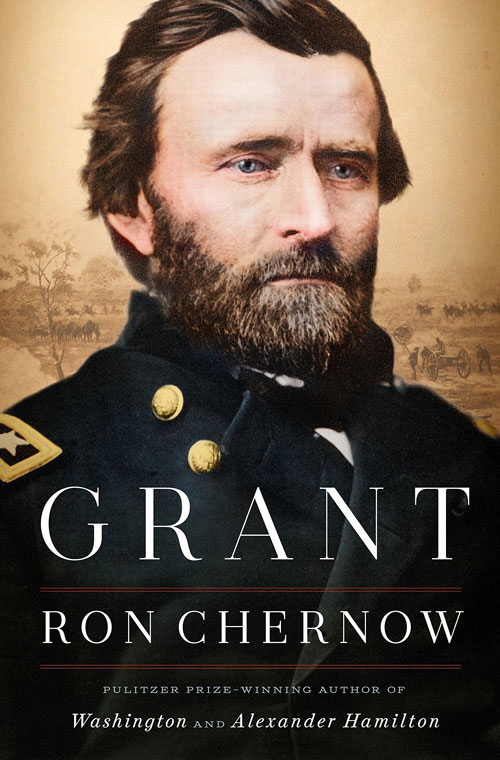
I have been working through this behemoth of a biography for the last nine months. Over one thousand pages on the general and president Ulysses S. Grant will probably take quarantine time for me to finish. Don’t get me wrong: the book is very good and I would highly recommend it, but it is a lot of military history, which can be kind of dull. Still, there is nothing like being stuck at home reading an incredibly detailed biography. —Taylor Curry
Severance by Ling Ma
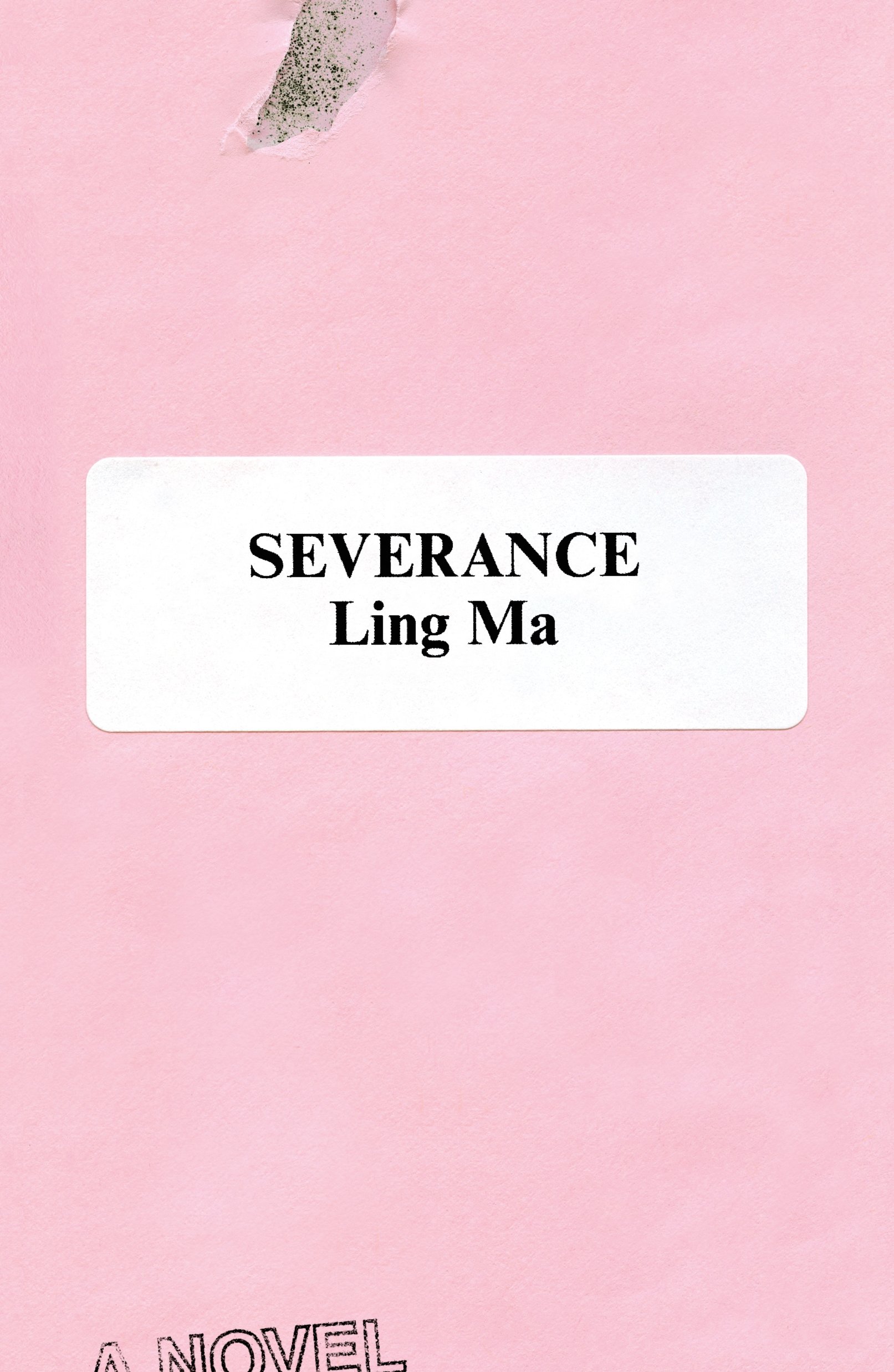
The candy pink cover of Ling Ma’s haunting novel feels disingenuous at first—it’s about a virus that rapidly infects most of the world’s population, but it looks like a Millennial-friendly coming-of-age novel. As it happens, it’s both. Candace is a young woman in Brooklyn aimlessly drifting through both her job and her relationship. Meanwhile, a mysterious virus has begun to spread in a remote Chinese province; those infected essentially turn into zombies, doomed to mindlessly repeat their daily routines until they die. It’s an eerie fate, but not as eerie as the stealthy way the virus encroaches on the plot of the story. You know it’s coming and yet, somehow, its arrival comes as a surprise to the reader and the characters alike, so caught up are we in the minor dramas that make up Candace’s life. Severance is about nostalgia and the safety of routine—but it’s also about how fragile the artifices of daily life can be. —Katie Daniels
The Neapolitan Novels by Elena Ferrante
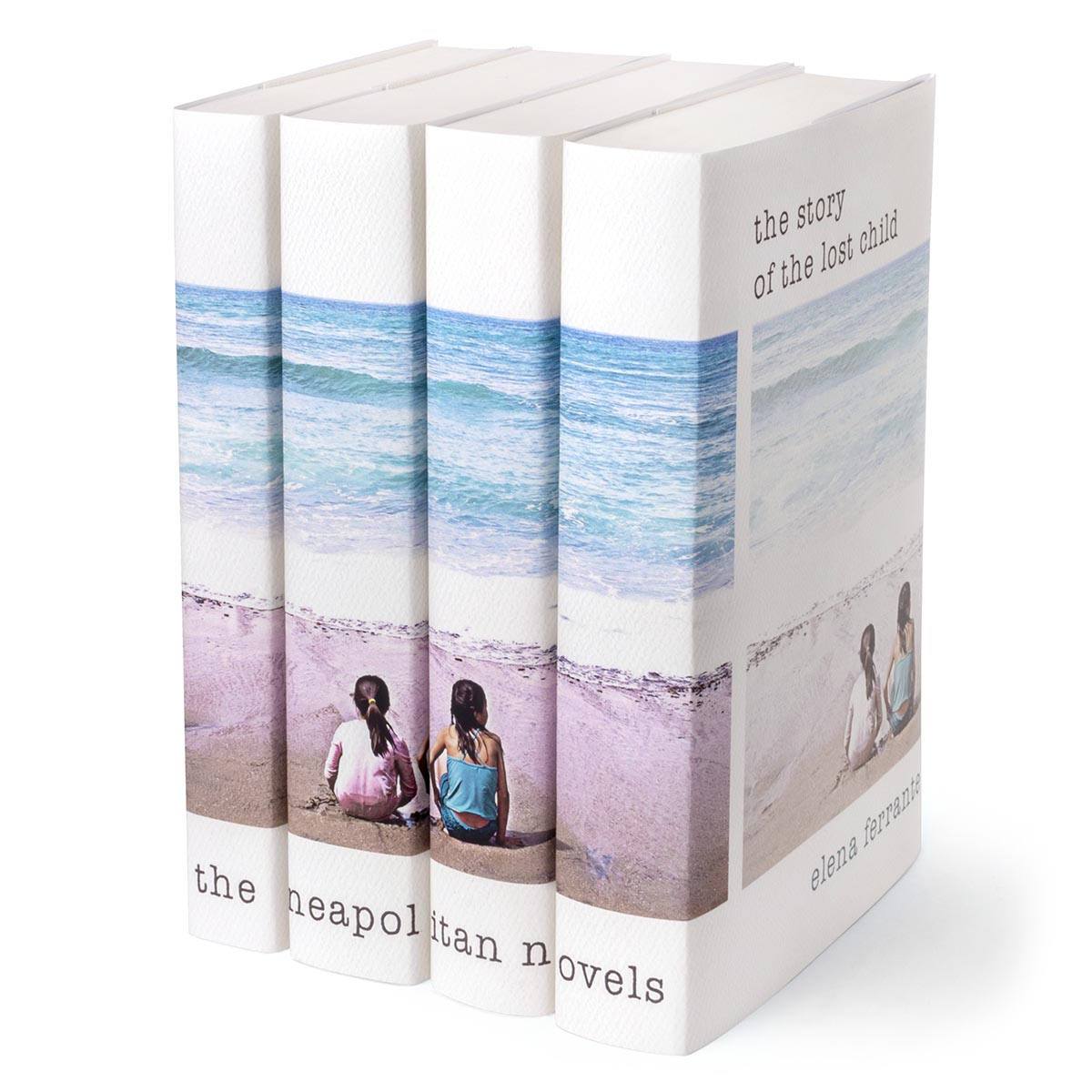
My rate for infecting people with love for this quartet currently stands at about 14, making my reading habits (at least in this particular case) somewhere between mumps and measles for contagiousness. To me there is no way to oversell these novels, other than simply to say: believe the hype. These books will change your life. —Stephanie Bastek
The Decameron by Giovanni Boccaccio
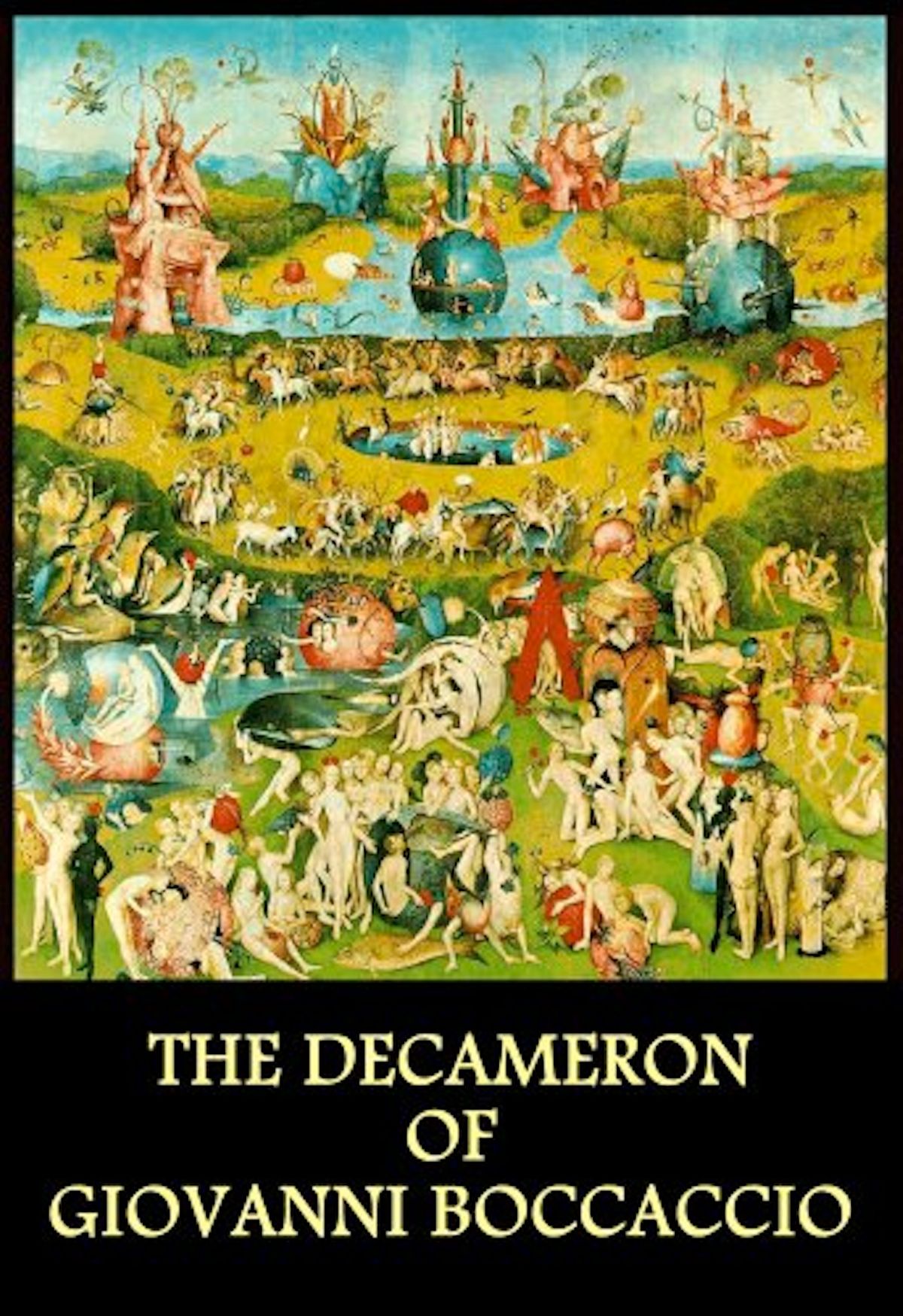
Seven women and three men, all of them young residents of Florence, self-isolate in an abandoned villa beyond the city’s borders, during the height of the Black Death. To pass the two weeks of isolation, they tell each other stories—tales that are bawdy, solemn, tragic, and often filled with deception and other forms of trickery. If only our own quarantines could be as glorious as theirs! —Sudip Bose
The Winter Soldier by Daniel Mason
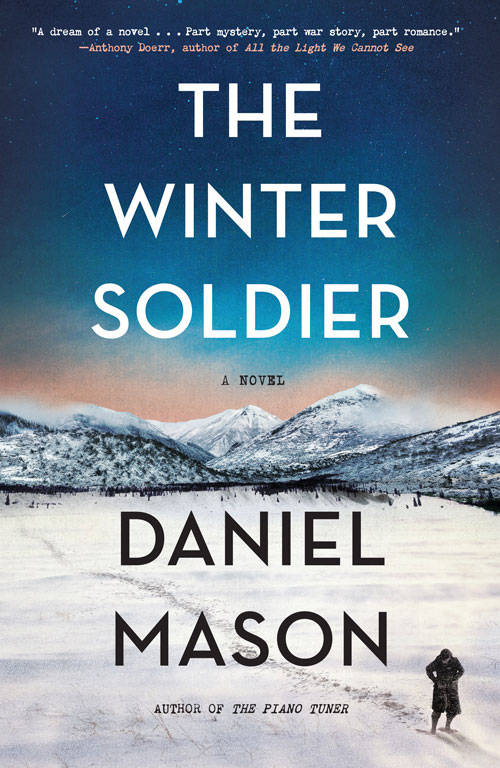
Mason, a professor of clinical psychiatry at Stanford, conjures up a vivid portrait of a distant place and time: a remote field hospital in the Carpathian Mountains that does its best to handle a steady flow of grievously wounded soldiers during the worst months of the First World War. The novel centers on Lucius, a young, newly minted physician with no real-world experience, and his head nurse, Sister Margarete, who instructs him—not only in how to treat soldiers’ wounds but also in how to treat them humanely and with selfless courage in the face of grave personal risk. —Bruce Falconer
The Five Red Herrings by Dorothy L. Sayers
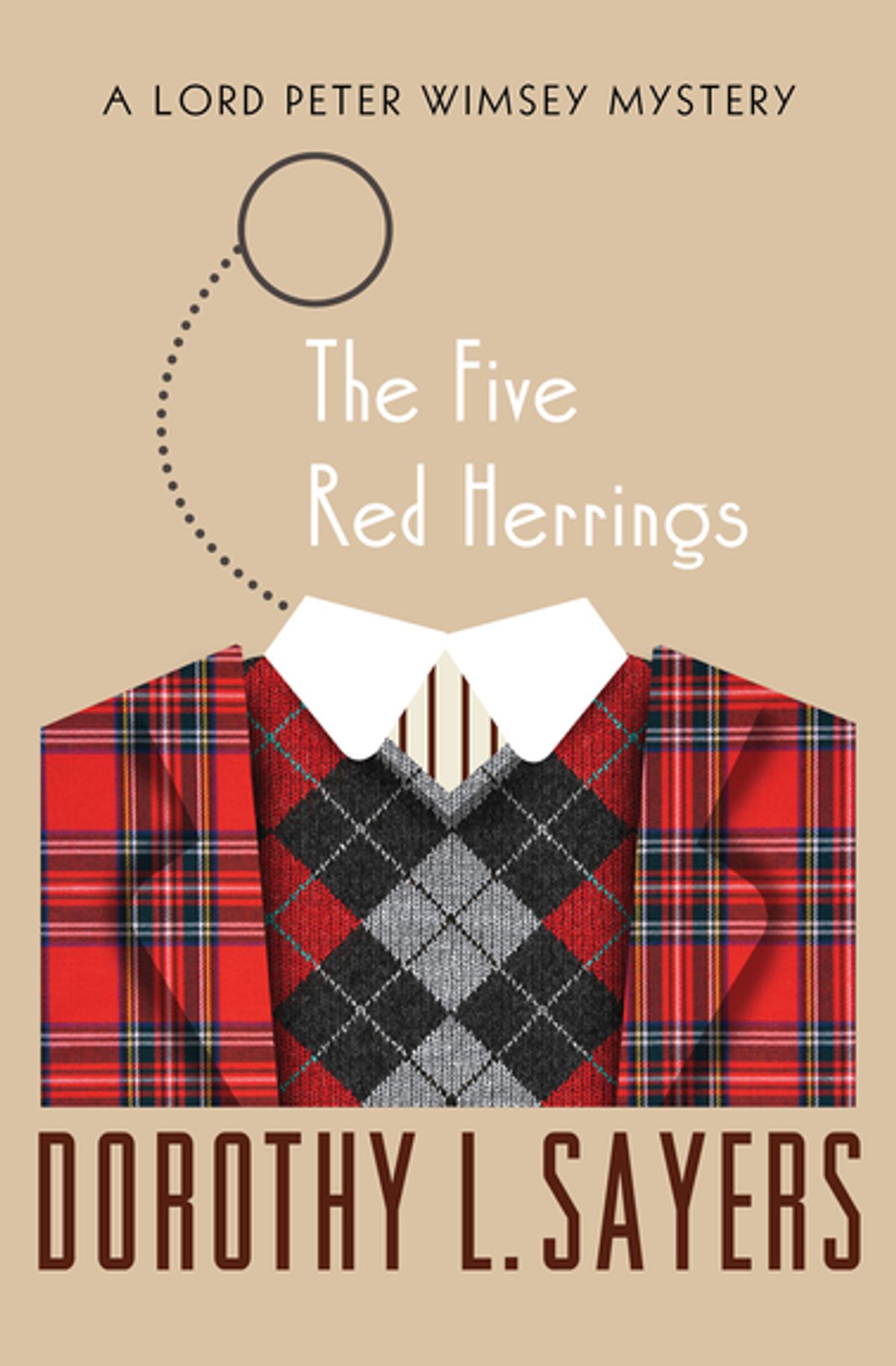
Assistant editor Katie Daniels and I read Gaudy Night by Dorothy Sayers for the SCHOLAR’s online book club, [Spoiler Alert], almost a year ago. I could not put this incredible 1930s British mystery novel down. Recently I picked up Sayers’s mystery The Five Red Herrings at a used bookstore and I can’t wait to dive in. If you are looking for a way to pass a number of days, start reading Dorothy Sayers and get to know her detective Lord Peter Wimsey. —Taylor Curry
The Collected Stories of Katherine Anne Porter
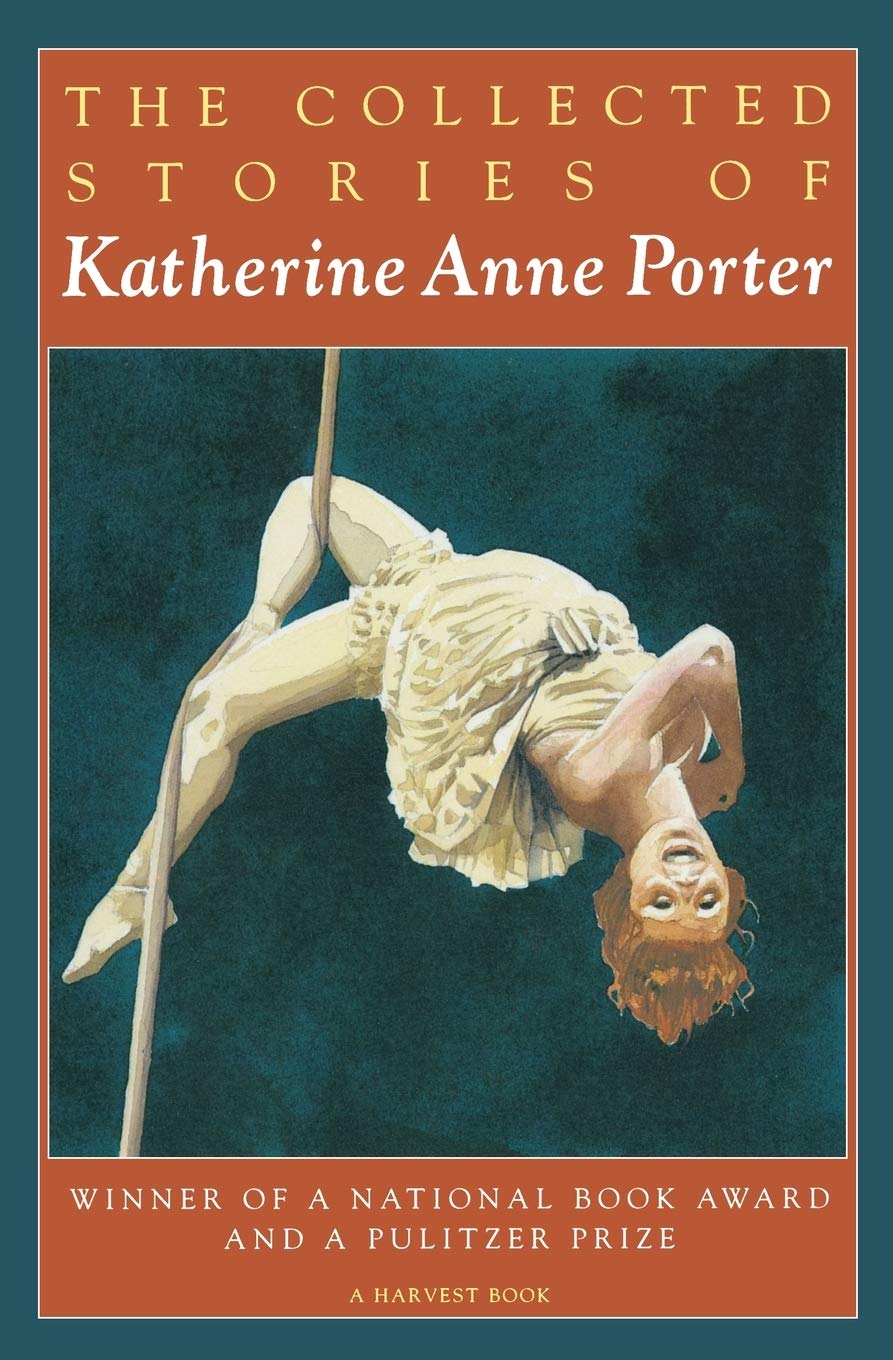
Katherine Anne Porter might be best known for her novel Ship of Fools, but it is as a short story writer that her reputation rests. The great English writer V. S. Pritchett described Porter’s work, “She is an important writer in the genre because she solves the essential problem: how to satisfy exhaustively in writing briefly.” Several of her stories in this collection fall between the two genres, as novellas, and one of them, “Pale Horse, Pale Rider,” tells the tale of a newspaperwoman in Denver who lives, just barely, through the 1918 Spanish flu pandemic. Read that, then read another of her moving novellas, “Noon Wine,” and go on to her shorter works. A Library of America edition of the Collected Stories also contains a generous collection of her critical and nonfiction prose. —Robert Wilson


